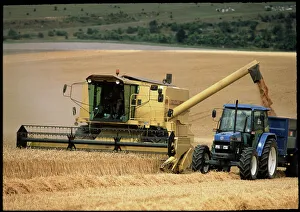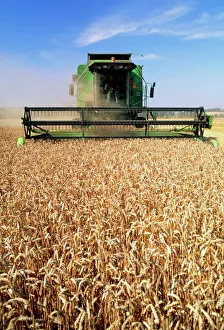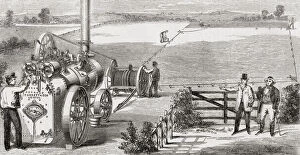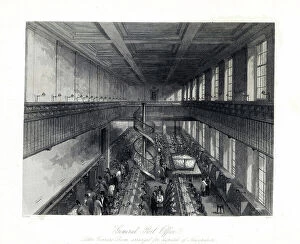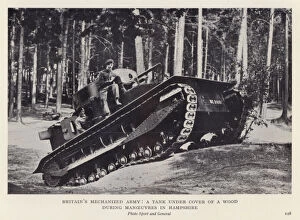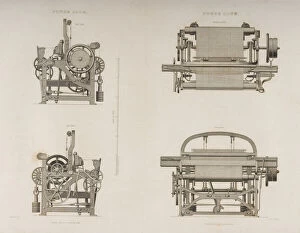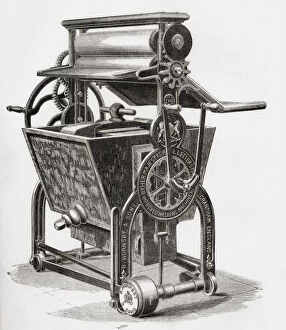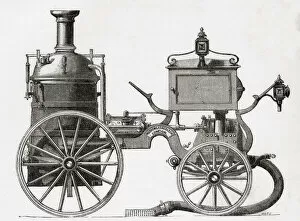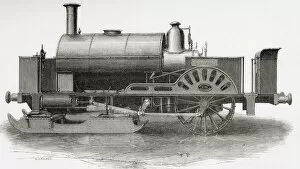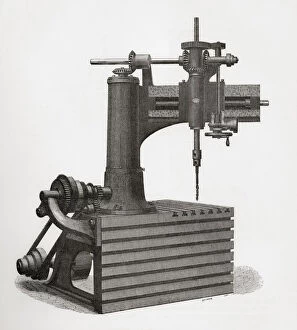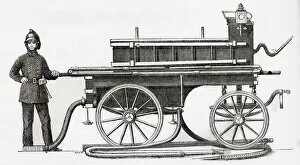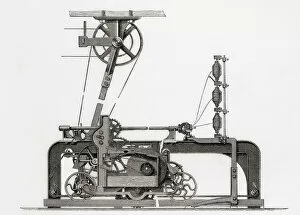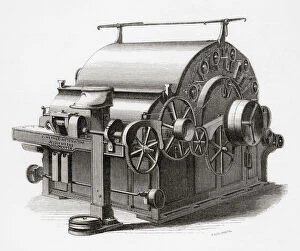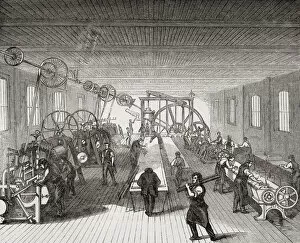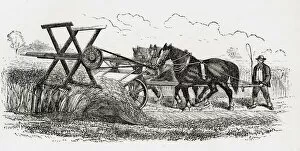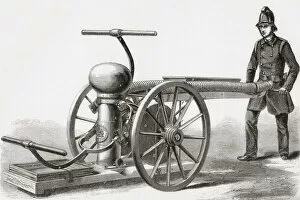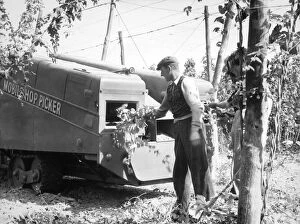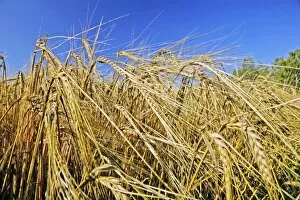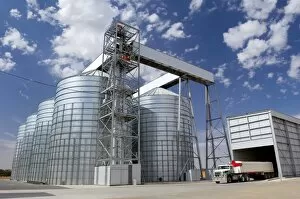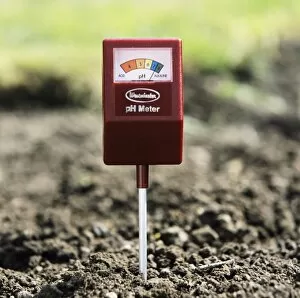Mechanized Collection
"Revolutionizing Agriculture
All Professionally Made to Order for Quick Shipping
"Revolutionizing Agriculture: Mechanized Harvesting in Action 🌾🚜" Witness the incredible power of mechanization as a combine harvester effortlessly offloads an abundant harvest of grain. The fields come alive with the hum of machinery, showcasing how technology has transformed farming practices. In a vast wheat field, a mighty combine harvester dominates the landscape, efficiently reaping golden crops with precision and speed. This remarkable sight is a testament to human ingenuity and our ability to harness machines for greater productivity. Even acid soil poses no challenge for these modern marvels. With advanced mechanisms and techniques, farmers can now cultivate previously unusable land, unlocking its potential to contribute to food production. Beyond agriculture lies another realm where mechanization reigns supreme - Britain's mechanized army. A black-and-white photograph captures the stealthy movements of a tank concealed amidst dense woods during Hampshire manoeuvres. It symbolizes the strength and innovation that propelled military forces forward during times of conflict. Travel back in time to witness early industrial advancements through lithographs depicting four views of the power loom from 1830. These images showcase how mechanical weaving revolutionized textile production, forever changing the fabric industry. The year 1862 marked significant milestones in mechanization history. R Hornsby and Sons' washing machine brought convenience into households by automating tedious laundry tasks like wringing and mangling clothes. Meanwhile, B. D Taplin & Cos Lincoln Traction Engine showcased steam-powered transportation that paved the way for future innovations on wheels. Firefighting also experienced a technological leap with Merryweather and Sons' steam pumper fire engine introduced in 1862. This powerful apparatus ensured quicker response times and enhanced firefighting capabilities – safeguarding communities against devastating blazes more effectively than ever before. Lastly, imagine an ice locomotive designed by Nathaniel Grew specifically for Russia's River Neva in 1861; it transported goods and passengers across frozen waters.

